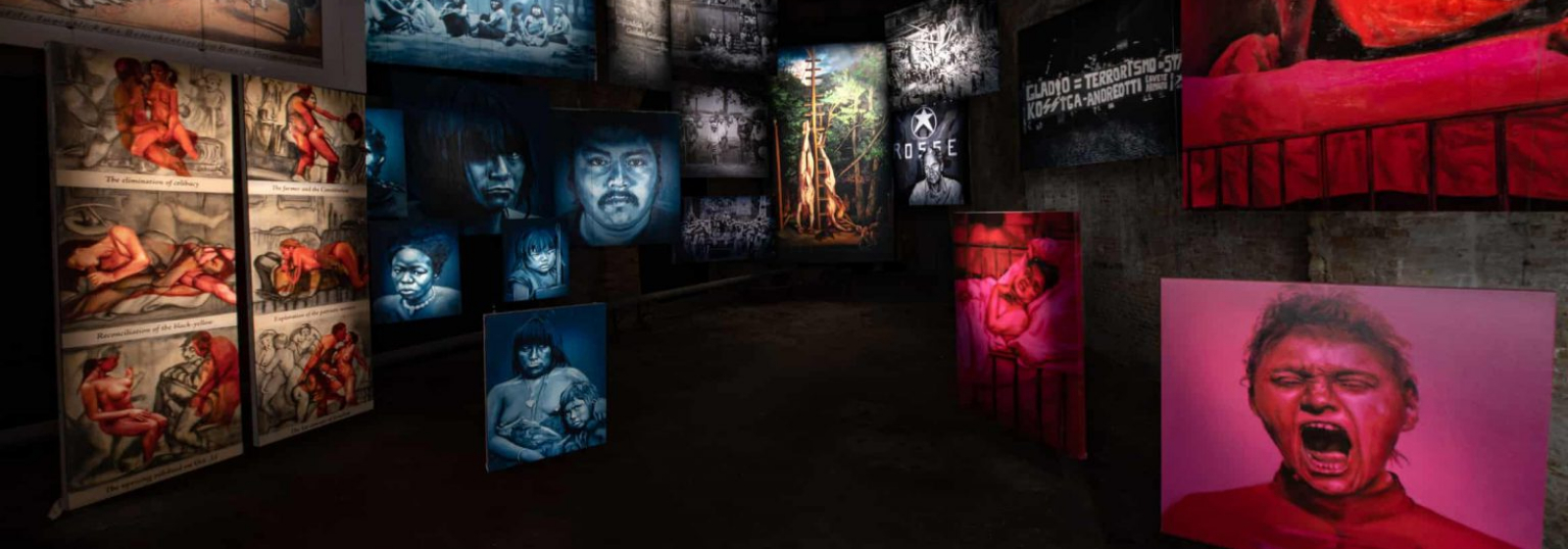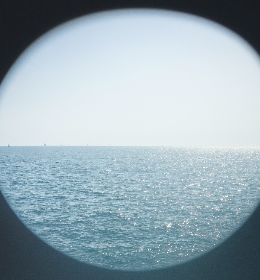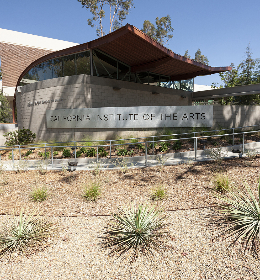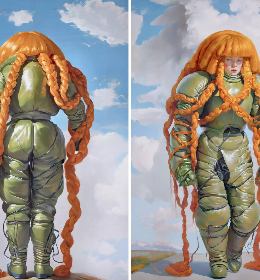From the jury’s initial selection of 22 artists from Latin America and the Carribean, the prize’s first edition was awarded to Chilean artist Voluspa Jarpa’s Sindemia.
Part of the artistic renaissance following Chile’s military dictatorship in the 1990s, Jarpa often places history, identity and time at the heart of her research. Sindemia focuses on the mechanisms of abuse the Chilean authoritarian regime operated against the social riots from October 2019 to March 2020 in Chile, including the effects of Covid-19 on the perspective of the street protests. “Her project involves collaborators that bring together experiences and knowledge to think about the phenomenon of protest, of resistance, of violence and rebellion,” explained Barbara Staubli, curator of the Julius Bauer art collection and jury member.
Jarpa (b.1971), who represented Chile at the 2019 Venice Biennale, pipped fellow finalists Sandra Gamarra Heshiki (b.1972, Peru), Sandra Monterroso (b.1974, Guatemala), Rosângela Rennó (b.1962, Brazil) and Mariela Scafati (b.1973, Argentina) to the $25,000 prize, which will be used to produce Sindemia in an exhibition in the Julius Baer Hall on the third floor of the MAMBO from July 8, 2021.
The jury of the inaugural Julius Baer Art Prize was composed of Cecilia Fajardo-Hill (curator and art historian), Cuauhtémoc Medina (Chief Curator of the University Museum of Modern Art, Mexico City), Agustín Pérez Rubio (Curator of the Berlin Biennale), Barbara Staubli (Curator of the Julius Baer Art Collection), and Eugenio Viola (Chief Curator of the MAMBO).









